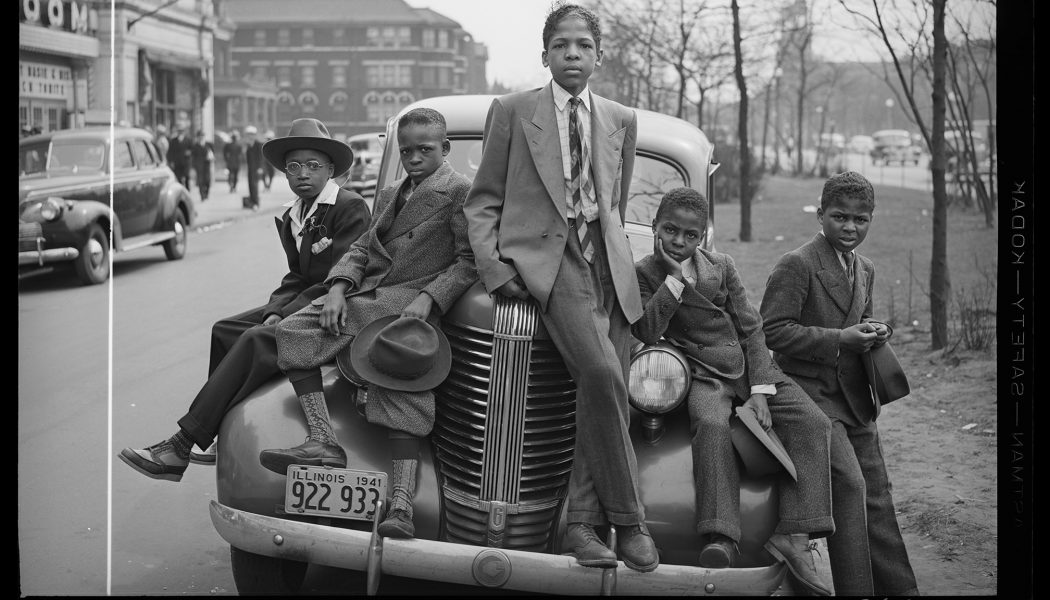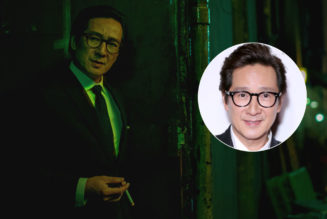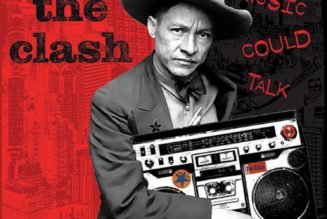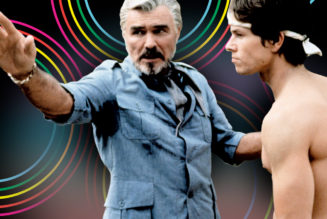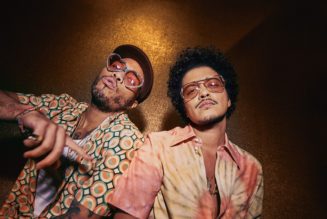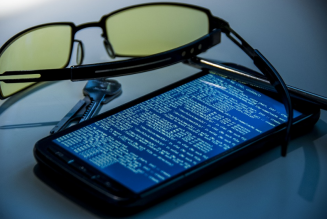
“Undoubtedly the right of locomotion, the right to move from one place to another according to inclination, is an attribute of personal liberty, and … a right secured by the Fourteenth Amendment and by other provisions of the Constitution.”
—Williams v. Fears, 1900
Green Book—the Oscar-winning Hollywood movie loosely based on the life of African American virtuoso pianist Don Shirley and his white driver and bodyguard, Frank “Tony Lip” Vallelonga—introduced white filmgoers to The Negro Motorist Green Book, one of several travel guides used by Black families and business travelers in the Jim Crow era.
Many white audiences were startled by the idea that Black Americans driving a car in the supposedly civilized postwar United States could be fraught with racial hazards, from dealing with surly gas station attendants and cruel restaurant hostesses to encountering angry mobs and hostile law officers.
To help Black motorists navigate these potential dangers, The Green Book provided a state-by-state listing of restaurants, tourist homes, hotels and motels, night clubs, and other businesses and attractions that welcomed Black patronage.
In fact, publisher Victor Hugo Green had long hoped improved race relations would make his guides obsolete; with the passage of the Civil Rights Act in 1964, many Black Americans were hopeful that would be the case. (The Green Book ceased publication two years later.)
But in the 1990s, a new phrase entered the American lexicon—”Driving While Black”—revealing that the danger, harassment, and even violence while operating a car on the road in the United States had not faded into memory. The legacy of this history even into the present day means that driving a car remains for African Americans a potentially life-threatening activity, especially when it comes to police traffic stops.
We should see these dismal events not simply as a legacy of slavery and racism but also as the continuation of restrictions on mobility that African Americans faced from the start.
Throughout history, African Americans have had a complicated relationship with law enforcement and with the American road. Yet the Black experience is about a journey from slavery to freedom over a very contested road—both literal and symbolic. And the automobile plays an essential role in understanding the key place of the freedom of mobility in a democracy and in race relations today.
The ability to travel freely without restrictions is a basic right of a free society that holds special meaning for African Americans. A legacy of involuntary travel from slave days, evolving into legal prohibitions on everyday movements, confinement within certain neighborhoods, and exclusion by law from traveling within particular communities even into the 20th century makes the right to come and go as you please an essential component of civil rights. The automobile enabled this mobility, making self-directed travel a possibility when travel by bus and train could lead to humiliating or even life-threatening encounters.
On buses Black travelers and commuters faced rude (and often gun-toting) bus drivers who made sure they sat in the back of buses or stood so that white passengers had comfortable places to sit. Sometimes Black riders had to pay for the ride up front and were told by the driver to enter the bus by the rear door—only to have the bus pull away as they walked to the back door.
Trains also separated travelers by race. Less clean, less comfortable, and more crowded accommodations almost always defined these segregated railroad cars.
A 1939 Seaboard Coast Line timetable for the New York-to-Miami route described comfortable, “reclining, deluxe seats” in the main coaches. But the promotion cautioned African American passengers that the “Colored Coach [is] not Air-Conditioned.” Bathrooms were often cleaned less frequently in the “colored” coach (if they were cleaned at all), and Black travelers complained of dirty and threadbare seats. Passengers traveling south might secure a regular or first-class seat in Chicago, Detroit, New York, or Newark, only to be asked to move to the “colored” car once the train crossed that symbolic Mason-Dixon Line.
The ready availability of the automobile, beginning in the first half of the 20th century, held distinct importance and promise. The car poked a finger in the eye of those who wanted to see the continuation of the separate, unequal public-transportation facilities. At least, that is how some Black car owners saw their defiance of Jim Crow facilities.
The Road to the Middle Class
The automobile represented the ability to take charge of one’s own destiny, to secure an aspect of life over which one had seemingly total control. Cars also offered a measure of safety to the driver and passengers. Parents traveling with children in a car could more adequately protect their offspring from the verbal and psychological battering that could accompany a ride on a public conveyance. It was “a racial shield.”
Owning a car also demonstrated Black success in a nation where such aspirations were often thwarted. With a growing Black middle class, more and more Black Americans could purchase automobiles, and they used their cars and their consumer dollars not merely to vacation—though they did do that—but also as weapons against segregation.
Even many who were not in the middle class found ways to buy higher-quality cars, since they were often barred, by law and custom, from securing mortgages and buying houses. But even as upwardly mobile Black Americans embraced the automobile, the fear of unpleasant or even violent encounters left many Black drivers continuously on edge.
This situation was not relegated to the Deep South, either. Dixie border states like Virginia and Indiana, as well as seemingly progressive states, including New Jersey, Connecticut, and Ohio, still harbored pockets of racism toward Black people. The Rocky Mountain states and the Southwest were often desolate to Black travelers seeking food and accommodations.
To navigate safely, Black families devised many strategies, both individually and through group action. They carried detailed maps and itineraries. They carefully watched the faces of the people they encountered, looking for any indication of hostility. They bypassed specific communities reputed to be “sundown towns” (communities that insisted Black people leave before sunset) and places that had reputations for being particularly hostile.
African American Car-Buying Strategies
The automobile supported travel for Black Americans in private, comfortable circumstances. But it also required new thinking and habits, which included very particular criteria in selecting a car.
Selecting the perfect car is a challenge for every American family, but the calculus was far different for African Americans. Black buying power, vehicle selection, and even driving practices were all sharply determined by discrimination. Black families had very specific needs that would never occur to white Americans.
Horsepower and size mattered, not for showing off but for giving African American drivers the ability to escape from being stopped or harassed by white citizens anxious to take the law into their own hands.
For example, NAACP Field Secretary Medgar Evers selected the large, imposing Oldsmobile Rocket 88 for his excursions—not only for its power to avoid ambush and getting pushed off the road but also because his 6-foot-4 frame could stretch out on its wide seats to sleep, if necessary. (He certainly was not welcome at most hotels.)
African American families of the era exhibited a fondness for large, roomy, reliable Buicks. A Buick was not inexpensive; at the time, in fact, it ranked among the most prestigious brands. In 1946, a Roadmaster, one of the costliest Buick models, had a list price of $2,110. Of course, many Black families drove Fords or Chevys, the most economical choices. “Compact cars do not have as much appeal to Negroes as they do in the general market,” commented an article in The Chicago Defender. However, the belief that Negroes bought flashy cars was an invidious stereotype; African Americans purchased Cadillacs in the same proportion as white Americans—3 percent.
Black drivers also preferred big cars to transport supplies that white travelers might never consider carrying; the hazards of the road resulted in drivers stocking their cars liberally with provisions to drive straight through to a destination, only stopping as necessary for gasoline. Blankets and pillows might be needed for sleeping in the car. Sheets could serve as privacy partitions. Baskets overflowed with sandwiches and jugs of water and iced tea—because even the restaurants that deigned to serve African Americans often made them wait out back or served them tainted or spoiled food.
Drivers carried extra water for the radiator and sometimes a can of gasoline, in case they could not find a service station that would serve Black travelers. Extra fan belts and a can or two of oil might also be carried. Lots of maps and guides outlining routes through the countryside precluded the need to ask for directions. If you needed a bathroom along the road and the gas stations barred you from their restrooms because of the color of your skin, a large old coffee can could serve as a makeshift toilet in an emergency. (Standard Oil’s Esso brand was an outlier in allowing Black patrons to use the same toilet facilities as whites.)
Death on the Road
Large cars were also perceived as safer in car accidents, particularly dangerous events for Black Americans. Hospitals and healthcare were segregated; during the 1940s and 1950s only 200 African American hospitals nationwide served the entire Black population of more than 15 million people. Dozens of stories document the unnecessary injuries and deaths of African Americans in accidents as a result of neglect and hospital segregation under Jim Crow. Some colleges even refused to send their students to athletic competitions for fear that they might not return alive if they happened to be in an accident while traveling.
In 1947, when the coach and six members of the Clark College track team were seriously injured in an automobile accident, an ambulance transported them 14 miles to a hospital in Manchester, Tennessee. Refused admission on the pretext that the hospital was at capacity, the ambulance conveyed the two most seriously injured students 30 miles farther to the University of the South Hospital in Sewanee, Tennessee, which offered first aid but then sent them on their way. Finally, Donelson, a private African American hospital in Nashville, 50 miles from the site of the accident, provided the necessary treatment.
Automobile accidents claimed the lives of quite a few musicians and entertainers who typically traveled late at night after their performances; while they might entertain white audiences, they would not be granted local accommodations. The great blues singer Bessie Smith, Tommy Gaither of The Orioles, jazz musician Leon “Chu” Berry, and vocalist Trevor Bacon were among the Black entertainers who died during the first half of the 20th century as a result of automobile accidents and the challenge of finding hospital care.
What’s more, ambulances for white hospitals often refused to transport Black patients, and some states would not allow on-scene care to a Black victim until after the white injuries were tended to. As a grim result, many Black funeral homes used ambulances that could serve double duty as hearses.
Cars and Civil Rights
Despite the dangers of automobile travel for Black Americans, motor vehicles had a particularly positive impact on civil rights. The automobile made the Civil Rights Movement possible. “The key to the movement was a key to an automobile … the key to a damn good automobile,” proclaimed the Black newspaper, the Pittsburgh Courier.
The success of the Montgomery, Alabama, bus boycott made famous by Rosa Parks came largely from the purchase of a small fleet of station wagons that picked up anyone in need of a ride and drove them to their destinations. Black cab drivers picked up walkers and charged them only 10 cents, the same cost of a bus ride. These “private taxis,” along with the station wagons and private cars that did not charge passengers, starved the bus system of revenue until public officials relented and eliminated segregation on the buses.
The extent to which the boycott crippled the city’s bus lines was not known until 2018, when a cache of documents and record books surfaced in the attic of James H. Bagley, manager of the Montgomery City Lines Company. Losing Black patrons cost the bus company 69 percent of its revenue—demonstrating the power of the Black working- and middle-class consumer.
The automobile proved to be essential for more than boycotts. Cars transported voter registration teams throughout the South to ensure the right to vote for every citizen. Cars facilitated civil rights in a segregated world in which the participants needed the ability to travel to different cities quickly and safely.
Black cabbies also were not permitted to pick up passengers at many airports (depending on state and local laws), and many taxis were “whites only,” leaving Black travelers stranded curbside. This dilemma made the “Fly and Rent Club” an essential part of any civil rights action.
The rental car made transportation to and from the airport convenient and proved to be an essential part of travel for Dr. Martin Luther King, other civil rights leaders, and Black corporate executives during those fraught times.
Driving While Black Today
Although there continue to be disparities between African American life and white life, Black travelers today generally do not worry about being lynched by white mobs or being turned away from hotels simply because of skin color. For the most part, driving into “unknown” communities is less dangerous today than it was a half century ago—though the recent murder of Ahmaud Arbery for jogging in a white neighborhood is a frightening reminder of the desire of some white Americans to control the mobility of Black Americans.
In recent years, the ubiquitous cell phone camera, as well as a significant body of university research on traffic stops throughout the country (such as the Stanford Open Policing Project, involving the study of more than 200 million traffic stops), have proven that racial bias has continued in its application by police.
The unjust treatment of African Americans by the authorities, and the resulting fear of the police, goes back much further than Jim Crow. It began with slave patrols that moved through communities at night looking for fugitive slaves and seeking to prevent revolts. With the end of slavery, these legal patrols continued as illegal vigilante groups often sanctioned by the police.
Perhaps the most egregious example was Bull Connor, who gained national attention in the 1960s as a vocal segregationist. He became the nation’s best-known “law enforcement” officer in 1961, when he ordered men with fire hoses and police dogs to attack lawful civil rights demonstrators. He also enabled the Ku Klux Klan to commit murder with impunity in Birmingham, Alabama. Nor was this just a Southern phenomenon. African Americans and the police clashed during the social upheavals of the 1960s in northern cities and on the West Coast: New York, Newark, Detroit, Los Angeles, Chicago, and Baltimore.
Current restrictions on African American mobility contribute to ongoing deep divisions between Black people and white people about their views of law enforcement. Seventy-three percent of African Americans today believe that Black people are treated unfairly by the justice system, while 53 percent of white Americans view the justice system as fair and equal.
Similarly, a 2016 Pew Research Center study revealed a huge disparity between Black and white Americans in their beliefs about the treatment of Black citizens by law enforcement officers, with Black Americans far more mistrustful of police officers and far more convinced that police officers are inclined to use excessive force, and rarely are held accountable, when dealing with people of color.
The shooting of Philando Castile in his car in Falcon Heights, Minnesota, on July 6, 2016; 15-year-old Jordan Edwards, a passenger in a car leaving a party in Dallas on April 29, 2017; and the killing of George Floyd, pulled from his car after being accused of passing a counterfeit bill at a convenience store on May 25, 2020, are frightening reminders that Black lives remain captives to history. If nothing else, perhaps the recent demonstrations that have rocked the country in the last month will force this dialogue.
Dr. Gretchen Sorin is a distinguished professor and director of the Cooperstown Graduate Program in Museum Studies at SUNY Oneonta. She is the author of Driving While Black: African American Travel and the Road to Civil Rights, available at Bookshop.org. A documentary of the same name is scheduled to debut on PBS this October.
